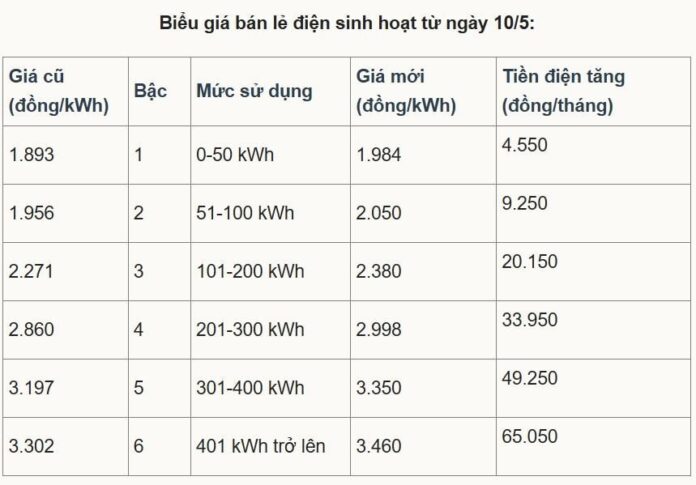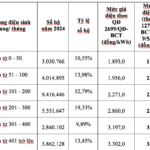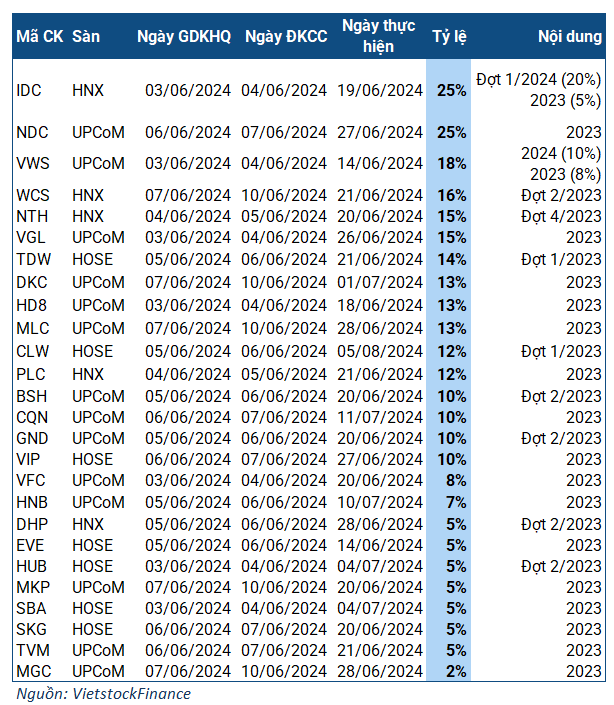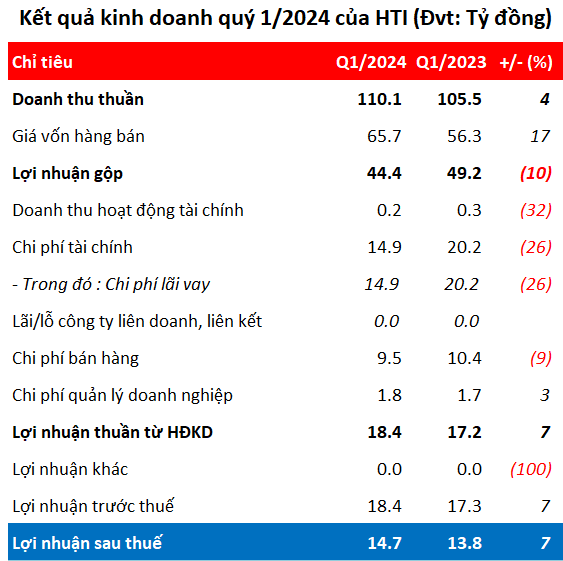Electricity Price Increase in Vietnam: EVN Announces a 4.8% Hike
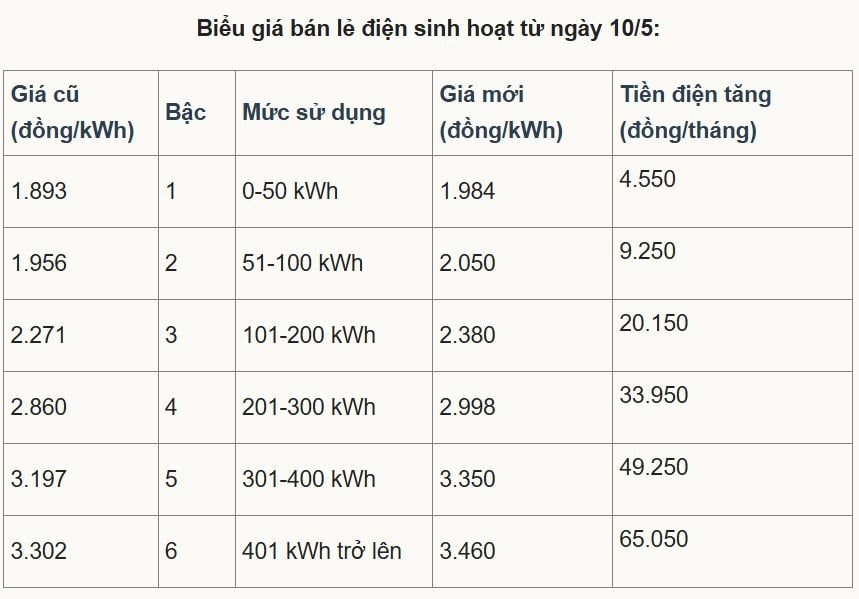
New Electricity Prices in Vietnam: A Necessary Evil?
At a press conference on May 9th, EVN announced a rise in the average electricity selling price from 2,103.11 VND to 2,204.07 VND per kWh (excluding VAT), equivalent to a 4.8% increase. This adjustment mirrors the one made back in October 2024.
According to Government Decree 72, electricity prices are reviewed every three months and can be adjusted when input costs rise by 2% or more. As a result, there will be four price changes annually. The last modification occurred on October 11, 2024, and prices have remained unchanged until now. This is the first increase of the year, taking effect after eight months.
The General Statistics Office estimates that this price adjustment will push up the 2025 consumer price index (CPI) by approximately 0.09%.
Mr. Vo Quang Lam, EVN’s Deputy General Director, stated that this increase carefully considers input cost fluctuations (coal and gas prices for power generation) and the electricity expenses of households and businesses. According to EVN’s calculations, each household will pay an additional 4,350 to 62,150 VND per month.
The poor will continue to receive support in the form of a subsidy equivalent to 30 kWh, or 59,520 VND per month. Policy beneficiaries will also receive similar support if their consumption is less than 50 kWh, amounting to nearly 56,800 VND per month (excluding VAT). These measures aim to alleviate the burden of electricity costs for underprivileged households and policy beneficiaries, contributing to social welfare.
This decision to raise prices comes at a time when EVN is still facing accumulated losses from electricity trading. While the group balanced its finances and turned a profit last year, they incurred a total loss of over 70 trillion VND in the two preceding years. This figure excludes the 18.032 trillion VND foreign exchange loss on power purchase contracts carried over from 2019 to 2023.
According to the Ministry of Industry and Trade’s inspection results announced at the end of 2024, EVN’s total production cost for 2023 exceeded 528.6 trillion VND. This amount corresponds to a production cost of 2,088.9 VND per kWh, a 2.79% increase compared to 2022.
This year, electricity demand is expected to grow by about 12.2%, resulting in a total system electricity output of 33.6 billion kWh higher than in 2024. According to Mr. Lam, the additional output will mainly come from high-cost sources. Specifically, low-cost hydropower has limited potential, meeting only about 25% of the demand. The remaining 75% will come from more expensive sources like coal, gas, oil, and renewable energy.
Additionally, the unpredictable and rising foreign exchange rates have impacted the generation stage, which accounts for approximately 83% of the electricity production cost, as per EVN’s Deputy General Director.
“Other Costs” Should Be Removed from Electricity Prices
According to Mr. Nguyen Tien Thoa, former Director of the Price Management Department (Ministry of Finance) and President of the Vietnam Valuation Association (VVA), at the seminar “Ensuring Electricity for Growth: Requirements and Solutions” held by the Government Portal on May 7, 2025, there are three significant issues with the current electricity pricing mechanism:
Mr. Thoa identified the first and most encompassing issue as the fact that electricity prices have not been fully market-driven. For many years, the costs of producing 1 kWh of electricity have not been accurately and comprehensively considered. Additionally, the long-standing practice of buying high and selling low has not been addressed.
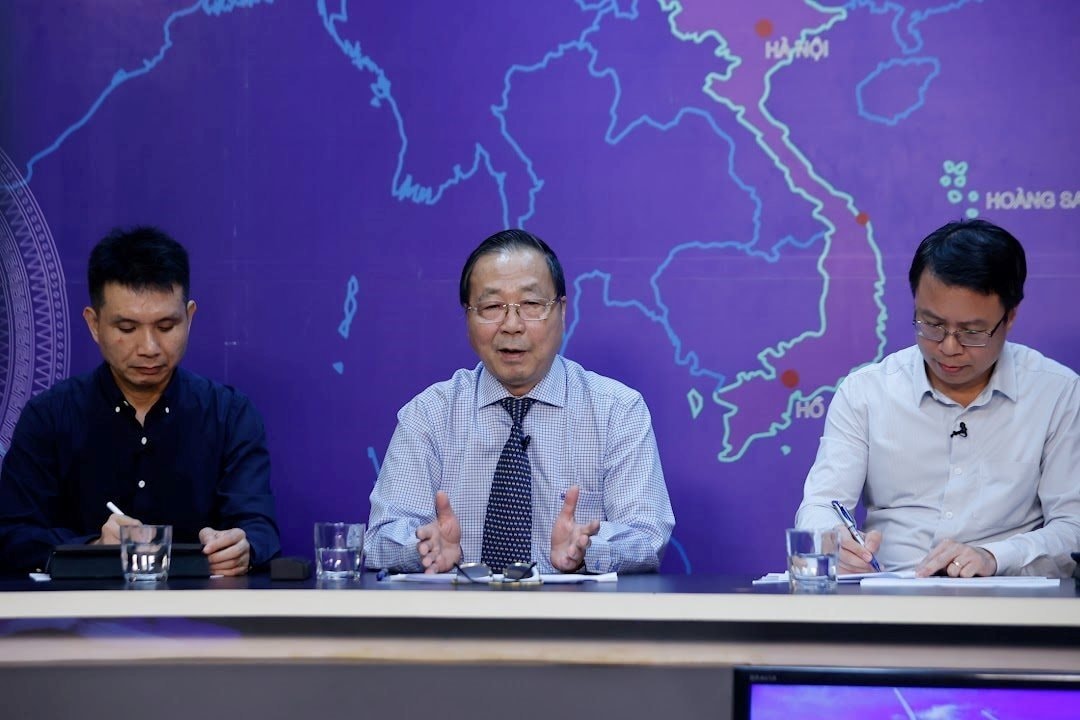
Mr. Nguyen Tien Thoa, President of Vietnam Valuation Association, emphasizes the need for reform in electricity pricing.
Secondly, electricity prices bear the burden of multiple objectives. They must ensure the stable development and investment attraction for the electricity industry while also maintaining macroeconomic stability, controlling inflation, safeguarding social welfare, and encouraging efficient electricity usage. In practice, these goals do not always align, leading to conflicts and challenges in their implementation. Balancing these objectives in electricity pricing is complex, and some targets may not be achievable.
Thirdly, the cross-subsidy mechanism in electricity pricing, which has been in place for too long, prevents the implementation of a market-based pricing system. This mechanism involves cross-subsidies among residential households, between residential and production electricity rates, and across different regions.
According to the President of the Vietnam Valuation Association, these issues have led to several consequences. For instance, if costs are not accurately reflected, the industry will incur losses, and electricity prices will not represent the true value of the produced electricity. This results in a form of social subsidy, deterring the participation of economic components in investing in power source and grid development. Additionally, it weakens the incentive for efficient electricity usage and technological innovation, especially in production and business activities.
Another critical point is that the electricity industry often faces negative cash flow, indicating losses. This imbalance hinders the industry’s ability to reinvest and sustainably develop, threatening the goal of energy security.
The President of the Vietnam Valuation Association suggested that a long-term solution is to transition to a market-based electricity pricing mechanism by accurately and comprehensively considering production costs and reforming the current electricity price framework to address the existing issues.
“I believe that the current electricity price formula should exclude ‘other costs’. These other costs represent expenses that have not been accurately accounted for and are gradually allocated. Some costs, like foreign exchange differences, fall under this category. A market-based pricing mechanism should consider specific costs, such as generation, transmission, distribution, and retail, along with a reasonable profit margin,” said Mr. Nguyen Tien Thoa.
Additionally, he proposed eliminating cross-subsidies and addressing regional price disparities through alternative policies. He also emphasized the need to separate social welfare policies from electricity prices. “We should not abandon social welfare and the support for vulnerable groups. Instead, we should use other policies to ensure everyone’s access to this basic service,” he stressed.
Including social welfare in electricity prices distorts the true cost of electricity. Therefore, it is advisable to separate these aspects. By doing so, we can immediately benefit the electricity industry. This separation will enable the industry to ensure electricity supply for economic growth, in line with the goals set by the Government and the National Assembly.
“Electricity Tariff Adjustments: Legally-backed and Operationally-driven”
Mr. Nguyen Xuan Nam, Deputy General Director of EVN, stated that the electricity price adjustment was based on both legal grounds and the practical demands of operating the national power system.
The Power of Words: Crafting a Captivating Title
“EVN Embraces the Future: Official Handover of the Phu My 2.2 BOT Power Plant”
“Upon acquisition and the subsequent handover of the power plant, the Vietnam Electricity Group will take over its operations and management. With a projected annual contribution of approximately 4.6 billion kWh of electricity to the National Power System, the plant is set to play a significant role in meeting the country’s energy demands.”

